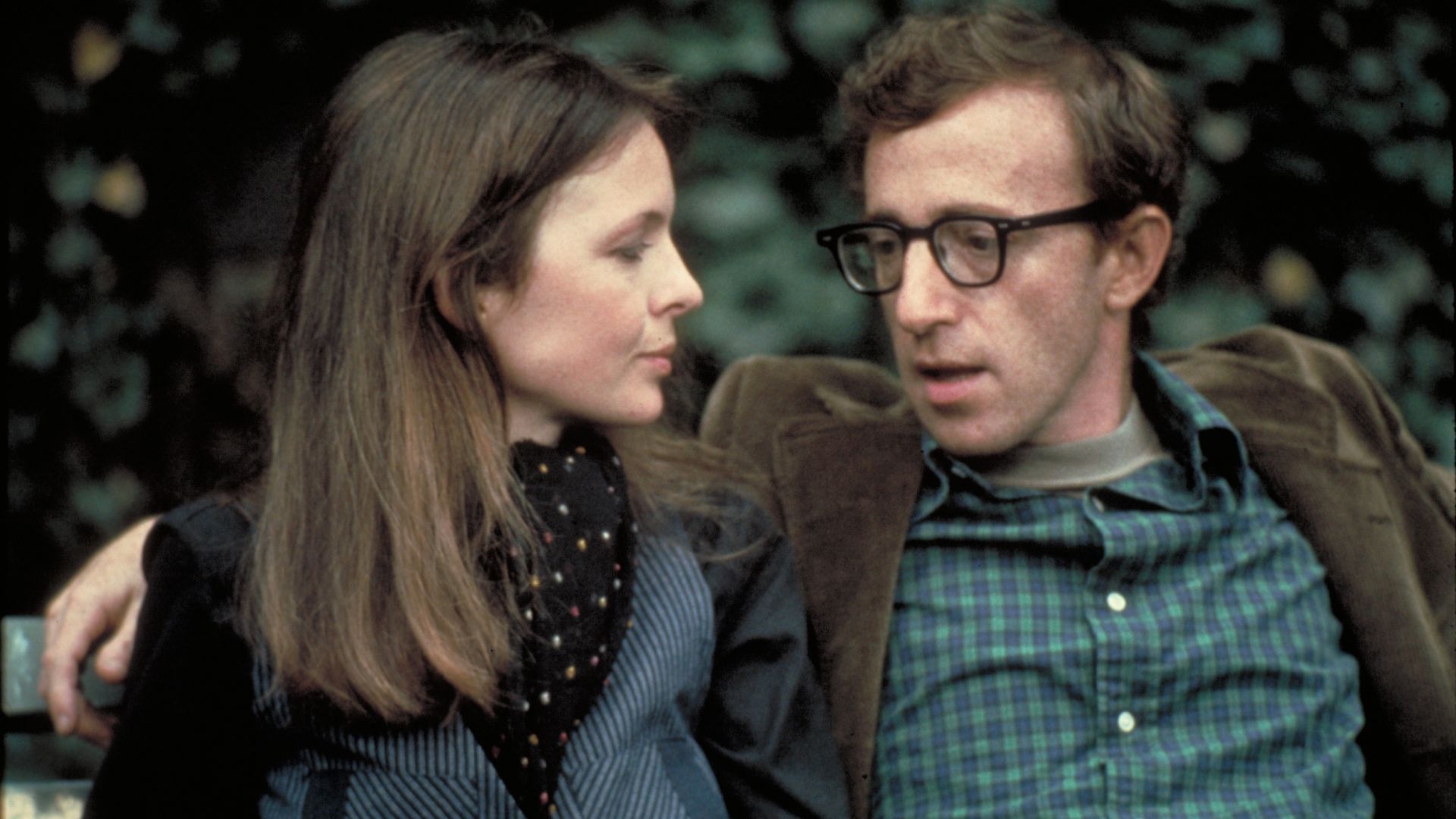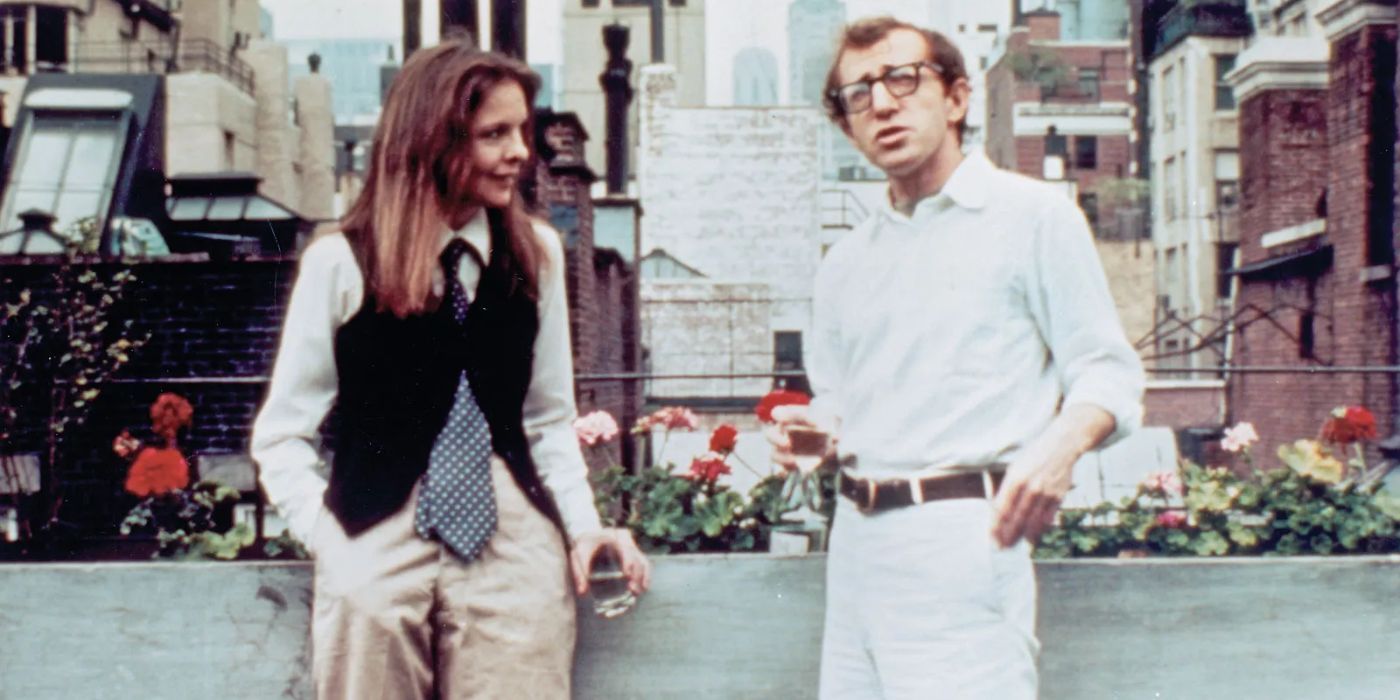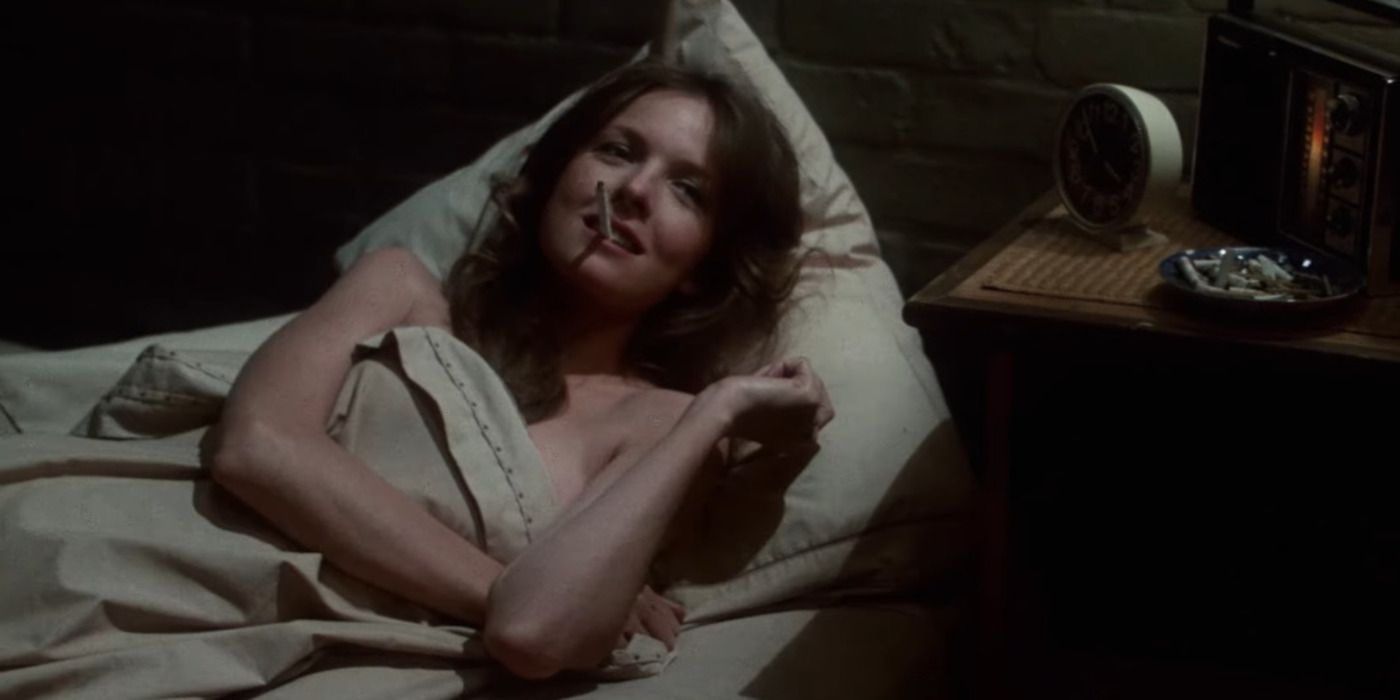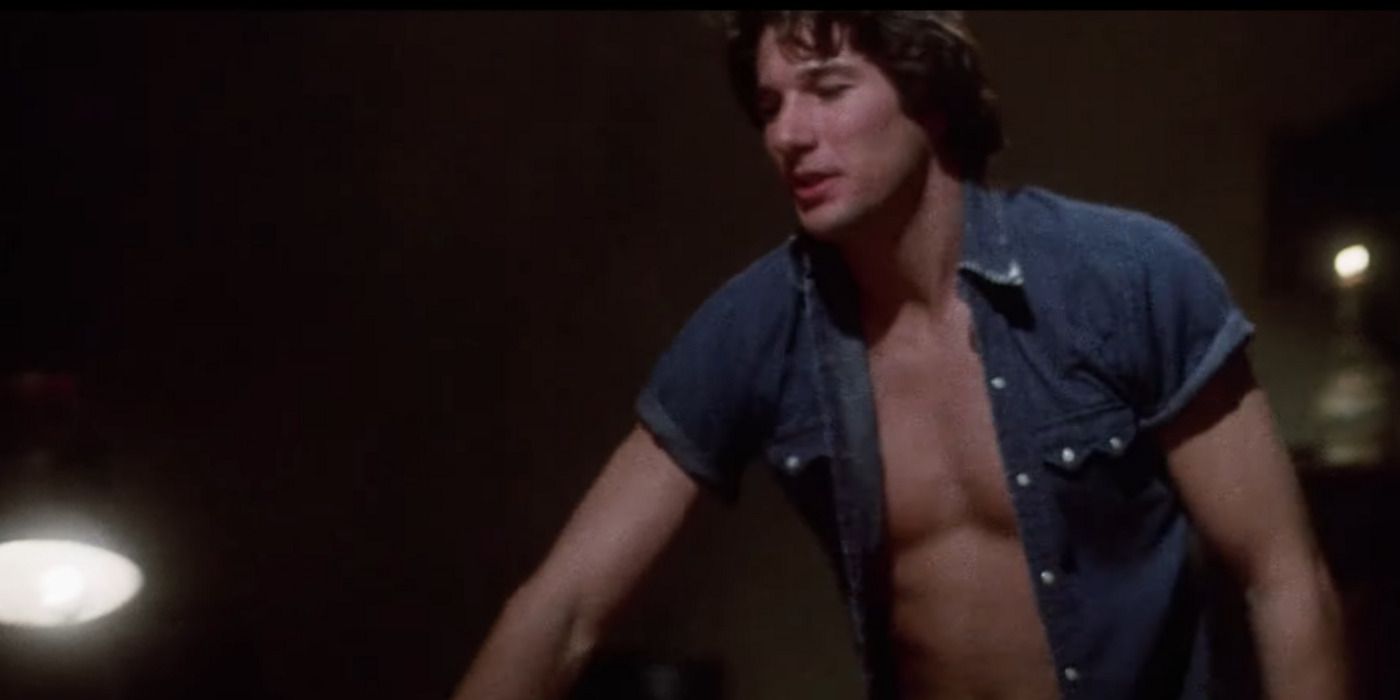
When Diane Keaton passed away on October 11, 2025, she left behind a legacy of 55 years of acting. While her later films were generally gentle and family-friendly – the kind you’d see on the Hallmark Channel – she hadn’t been able to find roles as challenging as those she took in the 1970s. She won an Academy Award for Best Actress for her iconic performance in *Annie Hall*, which also won Best Picture in 1977. That year was the high point of her career, as she also starred in another very different and successful film.
Richard Brooks’ film, *Looking for Mr. Goodbar*, based on Judith Rossner’s popular novel, is a cautionary tale about the risks of excess – or, some might say, about the dangers of a woman’s sexual freedom. It’s more than just an erotic thriller; it feels like an early version of the slasher films from the 1980s, where characters who are sexually active are punished. Released before the AIDS epidemic and modern content warnings, the film follows a woman pushing her boundaries, and it’s a movie that’s often glossed over in discussions of the author’s work, perhaps due to its potentially triggering content and the changing social landscape.
An Embarrassment of Riches

United Artists
If you watch *Looking for Mr. Goodbar* today, you’ll spot some very recognizable actors like Richard Gere, Brian Dennehy, LeVar Burton, Tom Berenger, and William Atherton. However, these were early roles for them – they weren’t famous yet! The movie got made largely because of Diane Keaton’s star power; she was a huge draw at the time. Interestingly, while filming *Looking for Mr. Goodbar*, she was also finishing *Annie Hall* with Woody Allen, for which she won her only Academy Award.
If you’re expecting *Looking for Mr. Goodbar* to be like *Annie Hall*, be prepared for something different. While both films feature somewhat anxious characters with complicated families in 1970s New York and a love of intellectual conversation, they’re very distinct. This film is a far cry from Diane Keaton’s more well-known work, and surprisingly, for most of its runtime it feels almost like a dark comedy. It’s no coincidence it was released around Halloween.
The First Film to Question If the Sexual Revolution Went Too Far

Paramount Pictures
The film centers on a shy, insecure Catholic woman who deeply wants to help children, but also privately grapples with intense, often reckless desires and attempts to numb the pain of a difficult childhood. While not the first to critique casual relationships, this movie did so with a raw honesty that was unusual for the time, when lighthearted romantic comedies dominated. Diane Keaton is not typically known for roles involving sexuality or fear, yet this film surprisingly explores both, depicting her character’s desperate search for fulfillment. Although some aspects feel dated – like the casual acceptance of drinking while pregnant or driving – they vividly illustrate how different the social norms were then. It’s a film that truly captures a specific moment in time and wouldn’t work if remade today.
Keaton delivers a performance unlike her usual roles, avoiding both her typical quirky and tightly-wound characters. The movie is set in a fascinating period – the transition between the free-spirited sixties and the more traditional eighties. Her character, Theresa, is more complex than some of her famous roles like Annie Hall or even Mrs. Corleone. The film shares similarities with Spike Lee’s *She’s Gotta Have It*, portraying a woman who’s independent and finds herself choosing between several flawed men, none of whom quite meet her expectations. Theresa describes herself as happily solitary, leading a double life: she’s a dedicated elementary school teacher during the day, but transforms into a reckless partygoer at night.
Gold or Garbage?

Paramount Pictures
The film’s ending was a shock to both audiences and critics. Its themes felt out of step with the era’s growing acceptance of feminism and open relationships. Theresa, longing for connection, finds herself only able to find fleeting, superficial encounters with equally shallow people – individuals who won’t ask for more than a casual hookup. The movie takes a decidedly grim turn in its final moments, with the main character, described by one critic as an ‘anti-heroine,’ being violently killed by an insecure man struggling with his identity. While the film is generally well-made, the ending feels sudden and potentially misleading. However, a second viewing reveals subtle clues that hint at the shocking conclusion.
Reviews for the film were mixed. While most critics liked Diane Keaton’s performance, they disagreed about the movie’s overall tone – some found it overly moralizing, while others thought it was silly or overly sensational. *The New York Times* felt Keaton was miscast and the story was unnecessarily graphic. Gene Siskel struggled with the premise of a teacher with a sex addiction, revealing more about his own views than the film itself. However, critic David Haskell saw it as a significant and important work, praising its complex and original portrayal of a woman. Regardless of your opinion, the film remains captivating, largely due to Keaton’s performance and the beautiful cinematography by William Fraker. *Looking for Mr. Goodbar* is currently available to stream on Prime Video.
Read More
- They Nest (2000) Movie Review
- Brent Oil Forecast
- ‘M3GAN’ Spin-off ‘SOULM8TE’ Dropped From Release Calendar
- Spider-Man 4 Trailer Leaks Online, Sony Takes Action
- Super Animal Royale: All Mole Transportation Network Locations Guide
- bbno$ speaks out after ‘retirement’ from music over internet negativity
- Code Vein II PC system requirements revealed
- Beyond Prediction: Bayesian Methods for Smarter Financial Risk Management
- Jynxzi’s R9 Haircut: The Bet That Broke the Internet
- Avengers: Doomsday Trailer Leak Has Made Its Way Online
2025-10-15 23:14